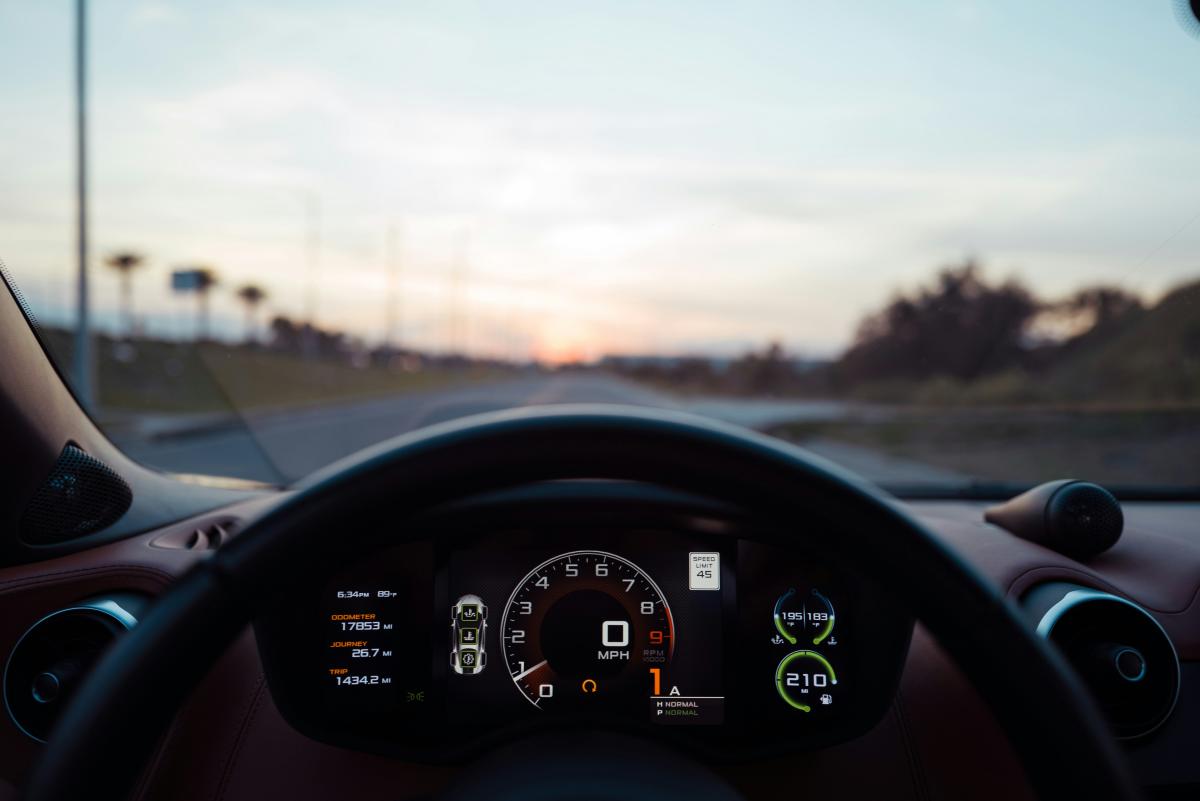### Big Moves in Auto Safety: NHTSA’s New Standards
Hey, have you caught wind of the latest news from the NHTSA? It’s something that’s got both car buffs and everyday drivers talking. So, what’s the scoop? Well, the National Highway Traffic Safety Administration is shaking things up with **brand new federal safety standards** for automobiles. Yep, you heard that right. This isn’t just any update; it’s a game-changer that mandates advanced automatic braking systems in all new cars by 2029. Now, I know what you’re thinking: “2029? That’s just around the corner!”
### Who’s Affected and How?
This update isn’t playing favorites—it targets all passenger cars and light trucks under 10,000 pounds. Imagine a car zipping down the road at 62 MPH. According to these new rules, its automatic emergency braking system should be able to slam the brakes and come to a complete stop to avoid a collision. And it doesn’t end when the sun goes down. These systems are expected to watch out for oncoming pedestrians at speeds up to 45 MPH, day or night.
### A Tech Deep Dive: How Do Automatic Brakes Work?
Let’s geek out for a sec on how these automatic emergency brakes do their thing. Picture a high-tech dance of sensors, lasers, and cameras constantly scanning ahead for danger. The moment a crash seems imminent, the system takes control to either hit the brakes hard or pump up the driver’s braking effort, making a swift, safe stop possible. Interesting fact here: about 90% of new cars already boast these systems. But—and it’s a big ‘but’—not all are hitting those crucial MPH thresholds the NHTSA’s talking about. The good news is that, per the NHTSA, a simple software update could be the hero of the hour for most manufacturers.
### The Bigger Picture: Safety, Savings, and Controversies
Think bigger for a sec. These aren’t just about stopping cars quicker. We’re looking at preventing over 360 road deaths yearly and significantly reducing severe injuries and property damage. It’s a clear win for everyone, right? Advocates for Highway and Auto Safety are throwing their hats in the air, calling it a “**major victory** for all consumers and public safety.”
### On the Flip Side: Industry Hesitations
But let’s flip the script for a moment. Not everyone’s throwing a party. The auto industry, via voices like the Alliance for Automotive Innovation, is pumping the brakes on the celebration. They’re waving a caution flag, suggesting alternatives and expressing concerns over the nitty-gritty of achieving these ambitious standards. It seems there’s a bit of a speed bump in terms of the technology required.
### Testing, Testing: The Road to Compliance
And about getting these systems up to snuff—tests by the Insurance Institute for Highway Safety have thrown some cold water on the current state of affairs. They put 10 small SUVs through the wringer, and let’s just say not everyone made it through without a scratch. It’s clear some major overhauls may be necessary to cross the finish line on these mandates.
### What’s Next? Keeping an Eye on the Road Ahead
Oh, and for those of you steering larger rigs, don’t think you’ve dodged the conversation. The NHTSA has its sights set on bringing similar standards to the heavy-duty league soon. They’re in cahoots with the Federal Motor Carrier Safety Administration to ensure everyone, including those commanding the bigger beasts on the road, plays by the same safety rules.
So, there you have it—a quick dive into the NHTSA’s latest move to make our roads safer. It’s a bold step, and like all big leaps, it’s got its mix of cheerleaders and skeptics. But one thing’s for sure: the road to 2029 just got a whole lot more interesting. Stay tuned!




